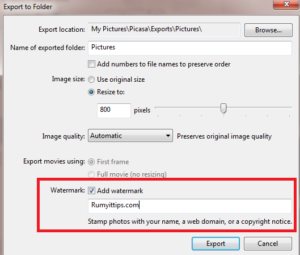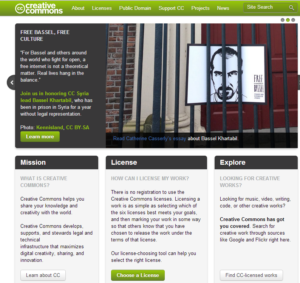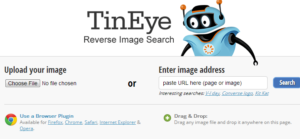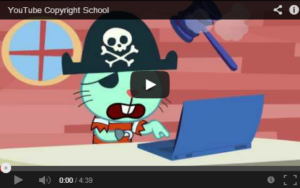
How to Protect Your Intellectual Property Online ?
Don’t let people use your photos and videos without your knowledge or permission.
Protect Your YouTube Videos :-
When you make a video publicly available on YouTube , there’s a risk that someone could download the file and re-upload it to their own account. YouTube’s Copyright Centre states that if you created the video, you automatically own the copyright. However, this won’t stop other people stealing your work.
To solve this problem, YouTube offers a tool called Content ID , which recognises when a copyright holder’s work is uploaded to the site. It then marks the video as a Content ID match so it can be blocked, tracked or “monetised”.
However, Content ID is a tool for people who have “exclusive rights to a substantial body of content that is frequently uploaded by the YouTube user community”, not just the occasional clip. But if you think you qualify for the service, you can apply at http://www.youtube.com/content_id_signup?ytsession.
Otherwise, the easiest way to protect a YouTube video is to ensure its licence is set as ‘Standard licence’ rather than ‘Creative Commons’. Check this by going to Video Manager, Uploads then Actions. This licence gives people the right to watch your video, but not to copy or redistribute it (although embedding is fine).
Read More on http://www.youtube.com/yt/copyright/ .
Watermark your photos for free :-
If you’re worried about your pictures being used without permission, consider branding them with a watermark. This makes it clear that you own the photo and ensures you receive credit, even when it’s been copied without your consent. If you use Picasa , you can add a watermark by dragging an image to the photo tray, choosing Export and ticking the ‘Add watermark’ box.

Control your content using Creative Commons :-
Because many web users flagrantly ignore copyright laws and download whatever they want, you may find a Creative Commons (CC) licence a better option for protecting your content. This gives people permission to use your photos, videos and other work, but only on your terms.

Check if people have copied your photos :-
The best way to find out if your photos have been reproduced is to use a reverse-image search engine such as TinEye . You can either upload a picture to the site, paste its URL into the search box or drag and drop it onto the homepage.

Alternatively, install the add-on for Firefox, Chrome, IE, Safari and Opera, right-click the photo you’re concerned about and choose ‘Search Image on TinEye’. The search engine will find online matches for the picture and let you click through to any pages hosting them, so you can identify and contact the people responsible.
Hope you like my post How to Protect Your Intellectual Property Online. Please Share with others.



